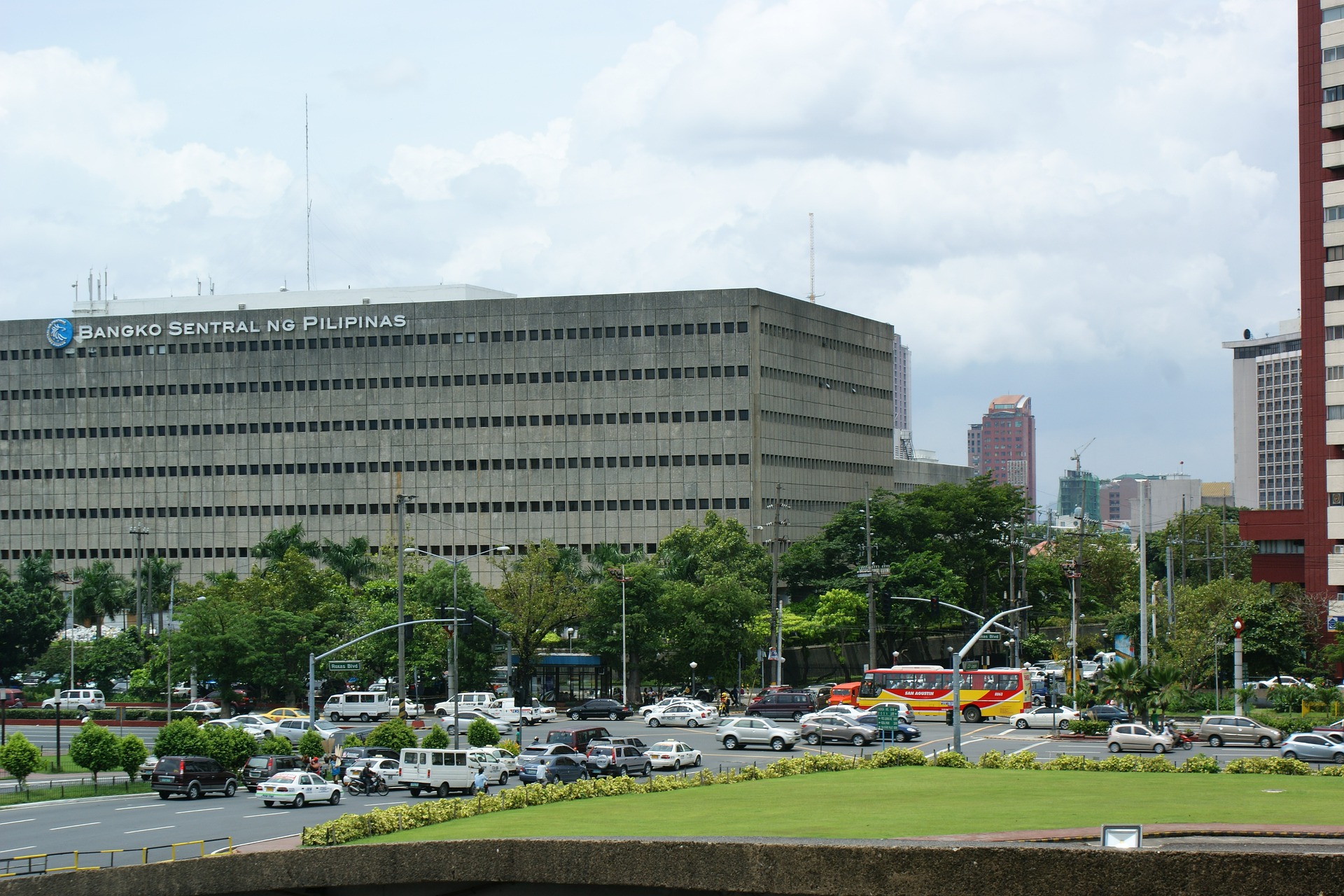Business and Economy
Dec. 2019 inflation still within expectations: BSP

The BSP said risks to inflation outlook “are on the upside” this year “but titled on the downside” next year. (Pixabay photo)
MANILA – The Philippines’ inflation rate further accelerated in December 2019 to 2.5 percent but the Bangko Sentral ng Pilipinas (BSP) is not worried, saying the level remains within its projection.
Faster inflation of electricity rates, petroleum products, select food items, and the base effects of the previous year’s elevated rate of price increases pushed inflation higher than last November’s 1.3 percent. December’s figure is within the central bank’s 1.
8 percent to 2.6 percent forecast.
“The latest inflation outturn is consistent with the BSP’s prevailing assessment that inflation is expected to approach the midpoint of the target range in 2020 and 2021,” the central bank said in a statement Tuesday.
Inflation in 2018 was higher at 5.
2 percent while the average rate last year stood at 2.5 percent, within the government’s 2 percent to 4 percent target band.
The BSP said risks to inflation outlook “are on the upside” this year “but titled on the downside” next year.
It identified the volatility of global oil prices and the potential impact of the African swine fever as the upside risks for this year’s inflation rate, while the impact of global trade and policy uncertainty, as well as geopolitical issues, are among the downside risks.
“The BSP will consider all the latest economic developments here and abroad in the Monetary Board’s assessment to ensure that the monetary policy stance remains consistent with the BSP’s price stability objective while being supportive of economic growth,” it added.
Meanwhile, ING Manila senior economist Nicholas Antonio Mapa forecast inflation to increase to the 3 percent level this year as base effects wane.
“Factoring the reverse base effects, we expect inflation to average 3.2 percent and as high as 3.4 percent should oil prices edge higher due to possible supply-side disruptions,” Mapa said in a report.
He said the geopolitical issues overseas may add to inflationary pressures this year on top of the volatility in global oil prices and the increase in excise taxes on fuel products starting this month.
“We continue to believe that the BSP will have the scope to ease monetary policy further in 2020 with the first rate cut slated for the February meeting,” he said, adding the local currency “may enjoy some short-term strength with some market analysts pulling back expectations for a central bank rate cut given the upside surprise to inflation.”
Last year, Philippine monetary officials slashed the central bank’s key policy rates by a total of 75 basis points but this was not even half of the 175 basis points hike done in the previous year.





















